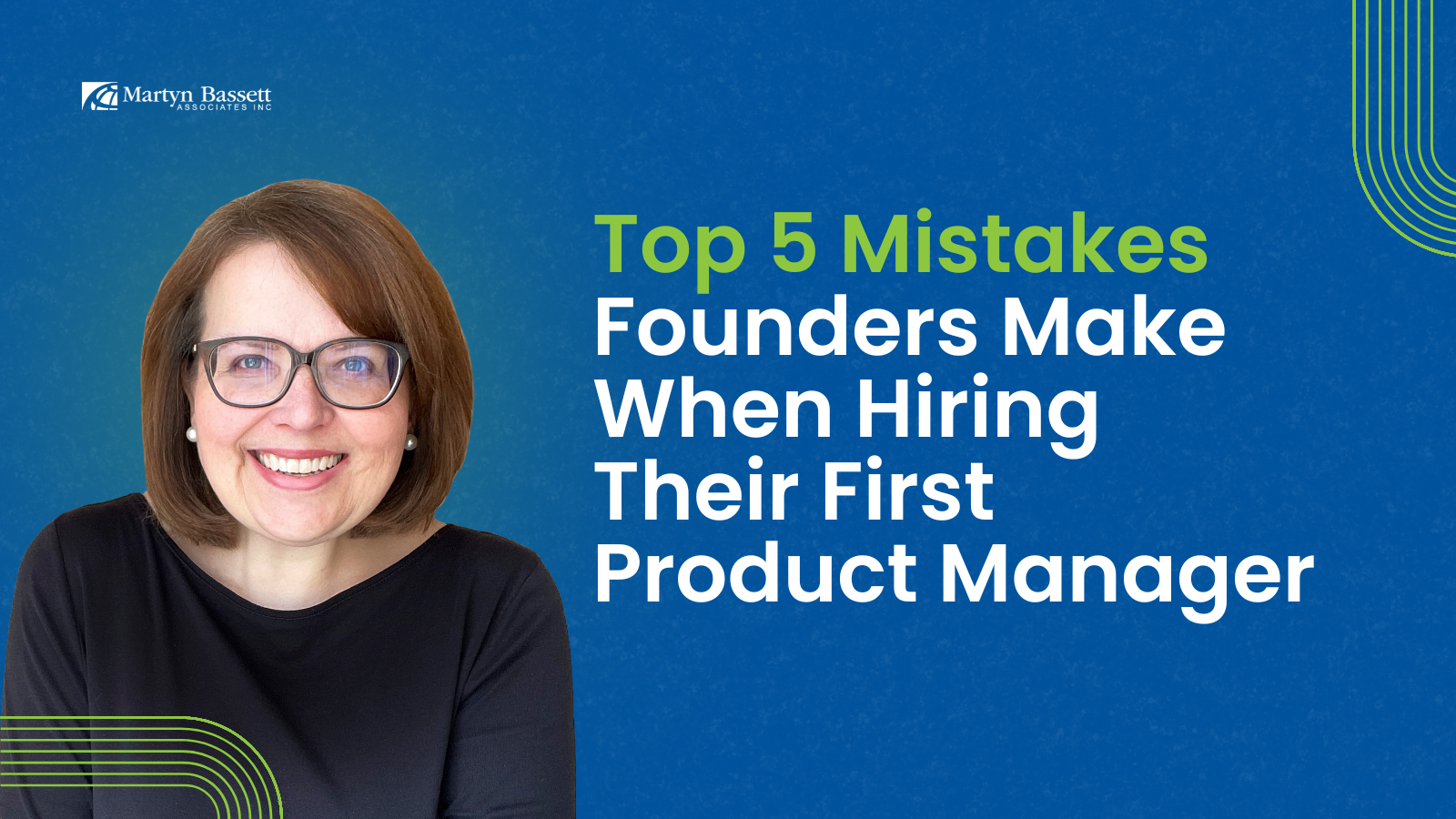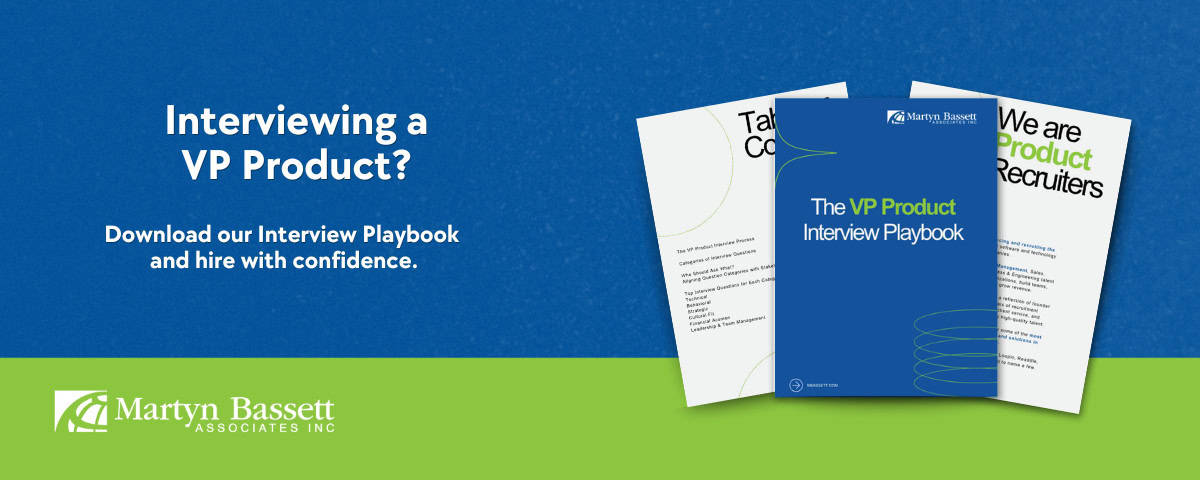Most founders think their first Product Manager will be the silver bullet, someone to fix feature delays, nail product-market fit, and bring order to the chaos.
But here’s the truth: hiring the wrong PM can be just as damaging as not hiring one at all.
According to a CB Insights study analyzing 101 startup failures post-mortem, the third most common reason for failure… hiring the wrong candidates. Translation? With product growth on the line, you can’t afford to mess this one up.
Here are the 5 most common mistakes founders make and how to avoid them:
1. Hiring Too Early (or Too Late)
If you hire before the product has traction, your PM will spend more time guessing and much less time building strategically. But if you wait until everything’s on fire and they’ll walk into a mess, there might not be enough runway for them to dig your startup out.
As a founder, if you’re spending too much time making product decisions instead of running the company, then it’s time to bring in that first Head of Product. That’s usually when the company is around 15–20 people.
2. No Clear Role Definition
“Own product” means nothing if you haven’t defined scope, authority, and success metrics. Get clear on what this person will actually do:
-
- Will they own the roadmap?
- Are they making business-level decisions or just shipping features?
- What growth needs to be achieved in the first 6 months?
- Most importantly, are you ready to let go?
Make sure this is also nailed down before you start recruiting, or risk alignment issues from either over- or under-hiring.
3. Chasing Big Names Instead of Startup Grit
Landing a PM from The Magnificent 7 might look impressive, but they probably had a team of 12, outlined processes, an unlimited budget, and zero ambiguity.
At an early-stage startup, you need someone scrappy. Someone who can work with limited data, juggle priorities, and get stuff done without a playbook. Pedigree doesn’t equal startup readiness.
4. Not Testing for Startup Readiness
Polished resumes and generic questions only go so far. If you want to know whether a candidate can thrive in ambiguity, ask role- and business-specific situational/behavioral questions. Watch how they communicate, frame trade-offs, and make calls without perfect information. You’re hiring how they think, not just what they’ve done.
Looking to better structure your interview process? Download the VP Product Interview Playbook, a structured process tailored for product hiring, plus key interview questions across technical, strategic, and leadership categories. Get the Playbook.
5. Hiring a Mini-Me
It’s natural to gravitate toward people who think like you. It’s also a fast track to building a business with substantial blind spots. The same goes for giving your old coworker or friend the role.
You have to ask yourself: Will this person scale? Can they lead a team? Have you had any hard conversations yet? Don’t confuse comfort with qualification. And don’t limit your search to your own network; it only narrows your perspective.
Bring in someone who challenges your assumptions. Structure your interviews to focus on skills and experiences, not just vibes.
The final and most damaging mistake …
Micromanaging Your PM
As we alluded to in mistake #2, you need to be ready to let go. You hired a PM to make decisions, so let them.
If they need your sign-off on every feature or ticket, you’re creating the same bottleneck that was there before. Empower them with real ownership of the roadmap, and back them up when other teams test their authority. Remember, you can still be the visionary, you’re just not the day-to-day.
Hiring your first PM is one of the most pivotal decisions you’ll make as a founder. Do it right and they’ll help turn your vision into a product people love. Do it wrong and you’ll burn time, trust, and momentum.
Avoid these common traps, and you’ll find someone who not only fits but also fuels the next phase of your company’s growth.

